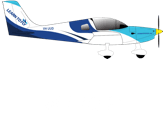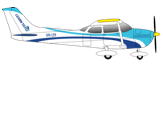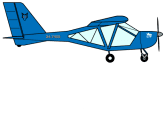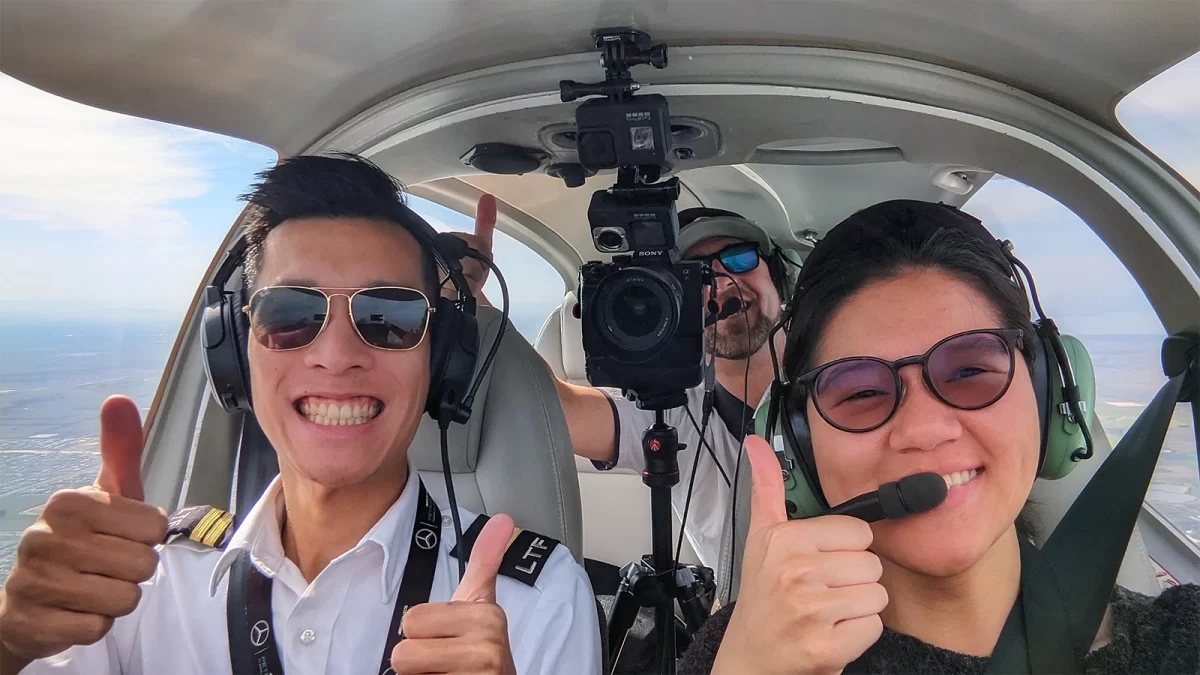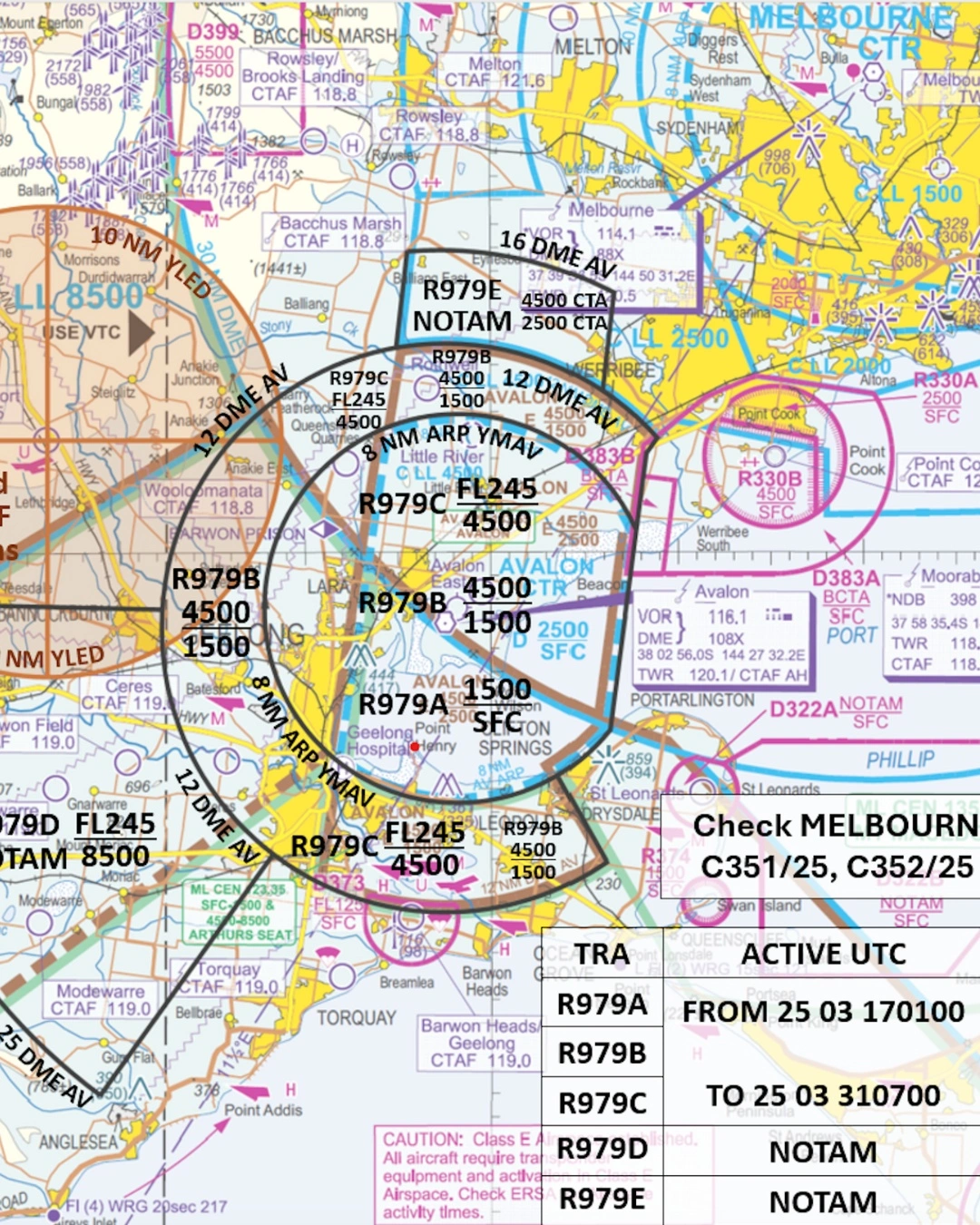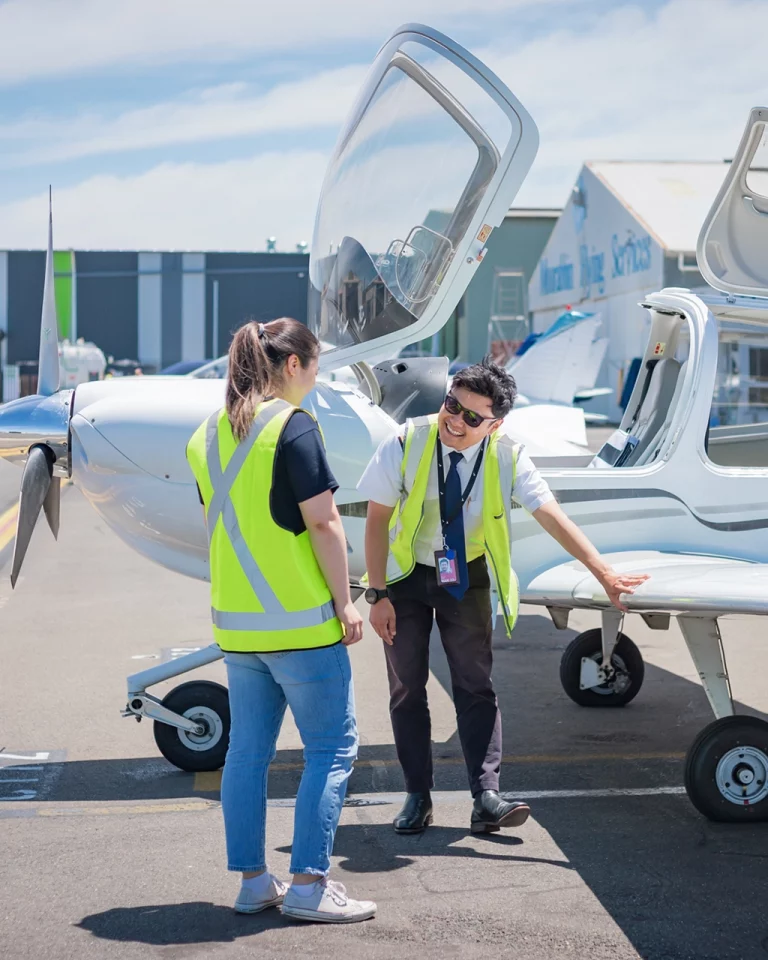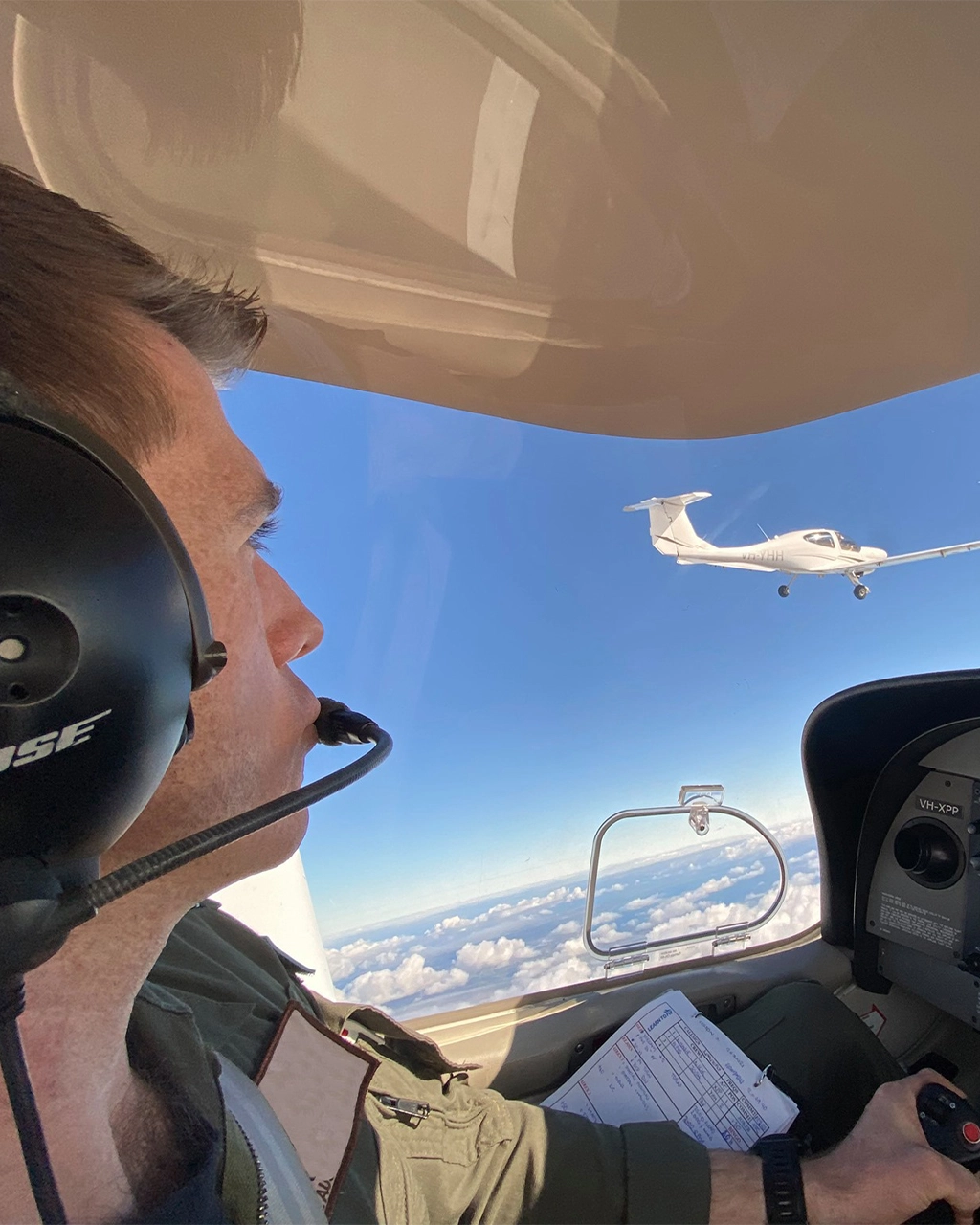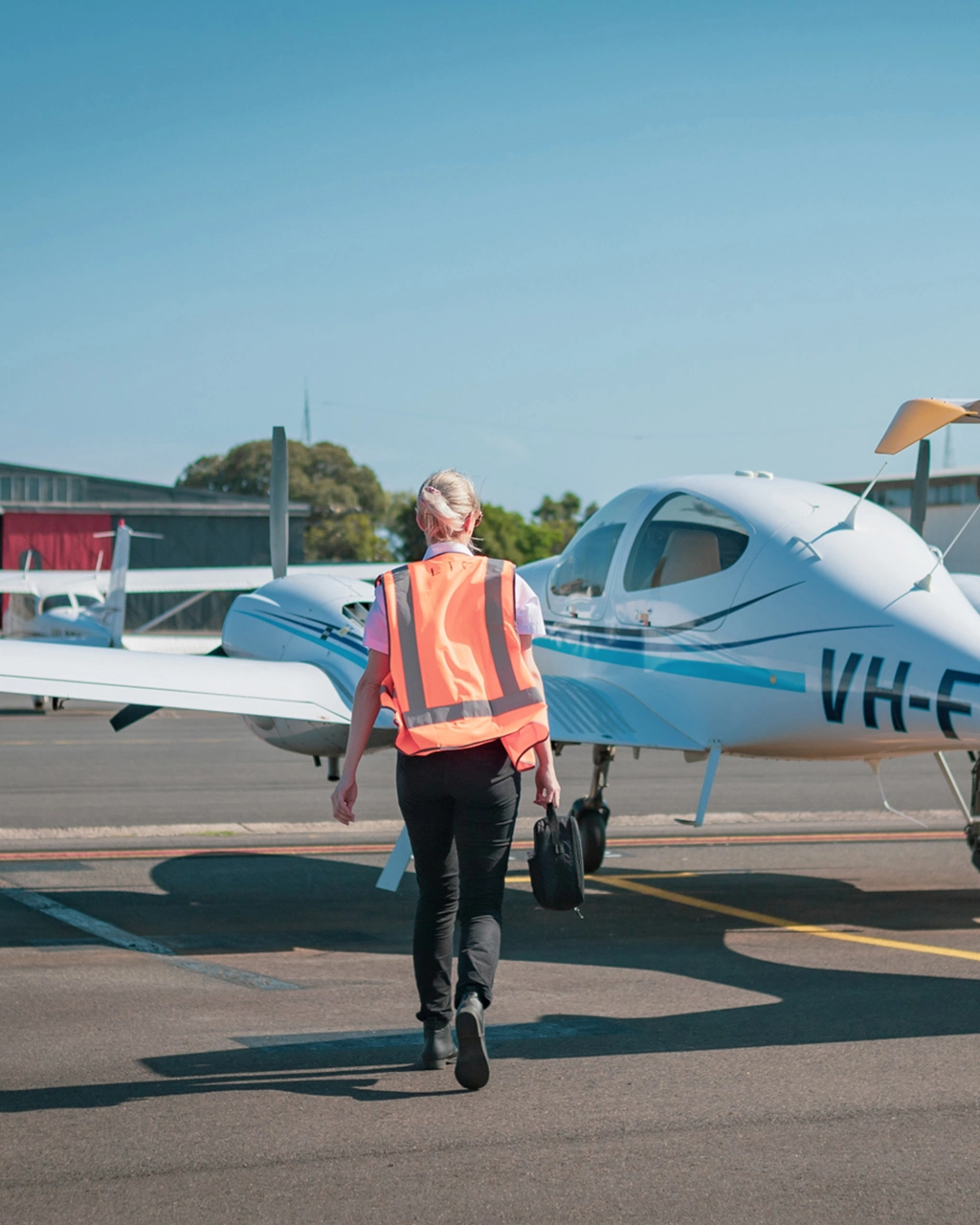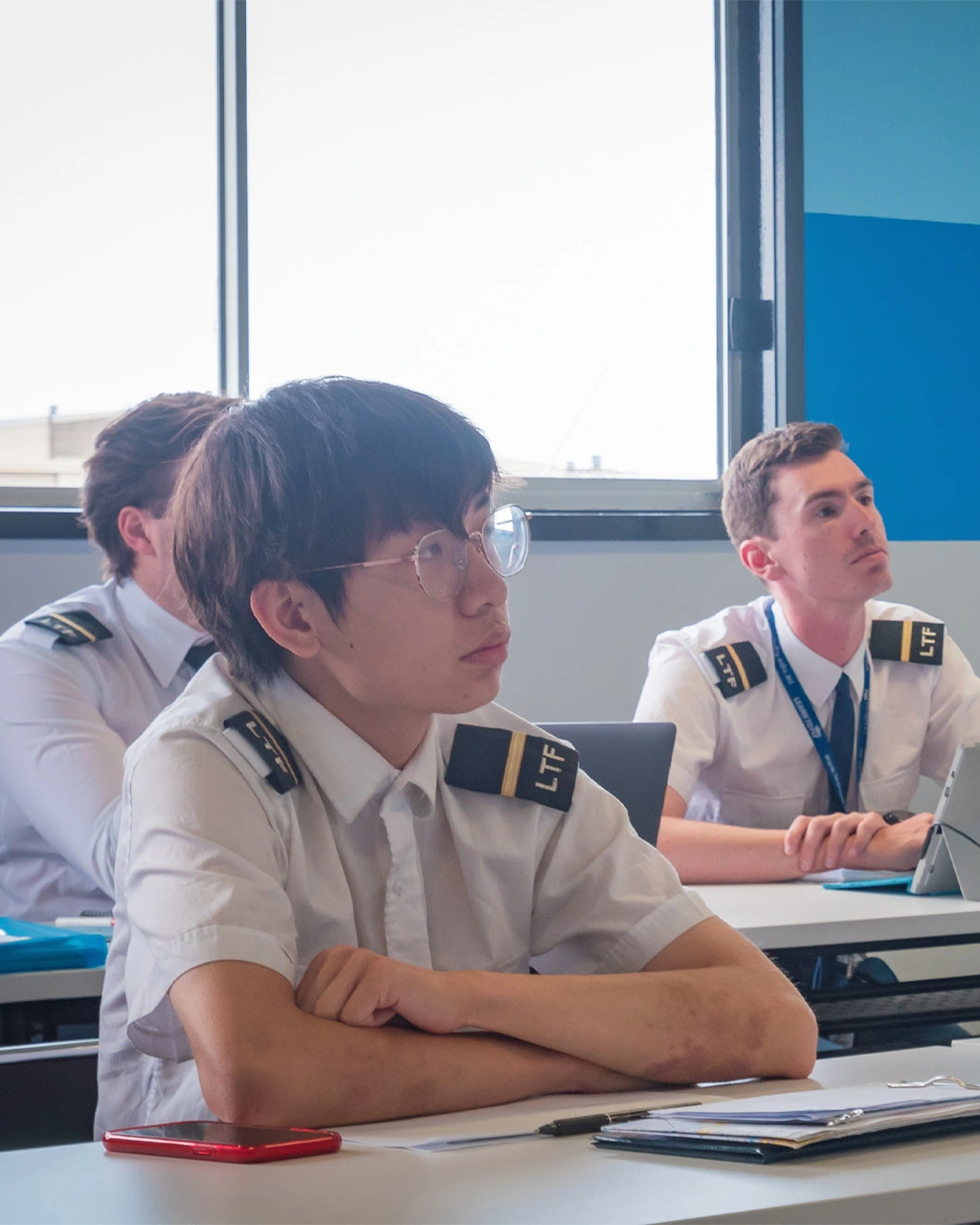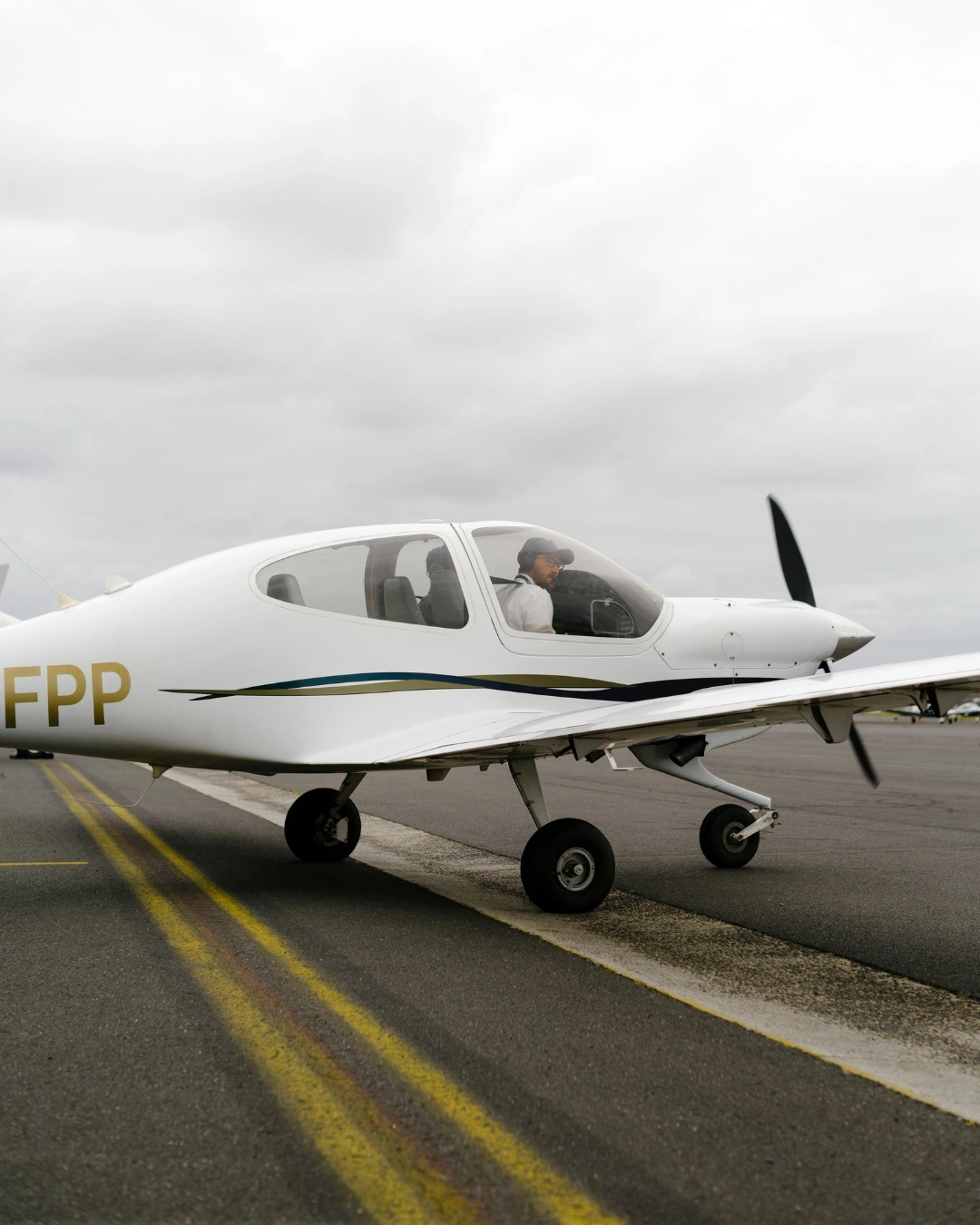Flight training is an exciting yet demanding journey that prepares aspiring pilots for a career in aviation.
While many people are familiar with the fundamental aspects—such as logging flight hours, learning aerodynamics, and mastering takeoffs and landings—several lesser-known elements of training often catch students by surprise.
1. The Importance of Chair Flying
One of the most overlooked yet highly effective training techniques is chair flying—practising cockpit procedures on the ground without an actual aircraft. This involves sitting in a quiet place, visualising every action in a flight sequence, and moving your hands as if interacting with real controls.
Chair flying helps develop muscle memory, improves procedural accuracy, and boosts confidence. Many experienced pilots use this technique to master checklists and emergency procedures before entering the cockpit, significantly reducing training time and costs.
How to Prepare:
- Use a cockpit poster or flight simulator software to enhance chair flying sessions.
- Speak through checklists out loud to reinforce memory.
2. Managing Training Plateaus
Every flight student encounters training plateaus—periods where progress seems to stall despite continuous effort. These occur because learning is not always linear; sometimes, the brain needs extra time to consolidate skills before advancing further.
Many students become frustrated when they struggle with manoeuvres that seemed easy earlier. Instructors anticipate this and encourage persistence, patience, and additional practice.
How to Prepare:
- Keep a training journal to track progress and identify patterns in learning.
- Take breaks when feeling overwhelmed to return with a fresh mindset.
- Trust the training process—progress will resume with continued effort.
3. The Impact of Weather Delays
Unlike driving lessons, flight training is heavily influenced by weather conditions. High winds, low visibility, turbulence, or rain can cause lesson cancellations, disrupting training schedules. While frustrating, these delays are essential for safety.
Weather variations also play a crucial role in shaping a pilot’s decision-making skills. Learning to assess conditions, interpret forecasts, and adapt plans is just as vital as mastering flight manoeuvres.
How to Prepare:
- Monitor aviation weather apps like NAIPS or BOM Aviation to anticipate potential delays.
- Use weather-related downtime for studying theory or practising flight planning.
4. Unanticipated Costs Beyond Tuition
Many students budget for flight training based on hourly rates, but several hidden costs can arise, including:
· Headset and equipment purchases
· Landing fees at certain airports for additional flying hours to meet training competency
· Theory exam fees
· Medical certification costs
· Additional hours required to reach competency
These extra expenses can add up, making financial planning essential.
How to Prepare:
- Create a realistic budget, accounting for unforeseen costs.
- Consider second-hand aviation gear to save money.
- Look for scholarships or financial assistance programs.
5. The Mental Load of ATC Communications
Many student pilots find communicating with Air Traffic Control (ATC) to be one of the most challenging aspects of flight training. Speaking quickly, using correct phraseology, and responding promptly while flying can feel overwhelming.
This skill improves over time, but it requires dedicated practice to build confidence.
How to Prepare:
- Listen to live ATC communications using apps like LiveATC.net.
- Practice readbacks using VFR radio phraseology guides.
- Record yourself practising clear and concise responses
6. The Challenge of Crosswind Landings
Crosswind landings are one of the trickiest manoeuvres for new pilots to master. Unlike standard landings, they require precise rudder and aileron coordination to prevent the aircraft from drifting off course.
Since wind conditions vary, each landing is unique, demanding excellent situational awareness and control inputs.
How to Prepare:
- Watch instructional videos on crosswind techniques.
- Use a flight simulator to practice different wind conditions.
- Ask instructors for extra crosswind training to build confidence.
7. Learning to Fly by Feel, Not Just Instruments
While instruments provide essential flight data, developing a “feel” for the aircraft is just as important. Many experienced pilots rely on seat-of-the-pants sensations—like changes in G-forces, control pressures, and external visual cues—to make adjustments in flight.
Relying too much on instruments early in training can slow down natural flying instincts.
How to Prepare:
- Fly with minimal instrument reference (as allowed) during VFR training.
- Pay attention to aircraft vibrations, control feedback, and seat-of-the-pants sensations.
8. The Reality of Simulated Emergencies
During training, instructors will introduce simulated emergencies without warning. These may include engine failures, radio malfunctions, or electrical failures, forcing students to react under pressure.
While these scenarios are controlled and safe, they often induce stress in new pilots. The goal is to build quick decision-making skills and reinforce emergency procedures.
How to Prepare:
- Regularly review emergency checklists before flights.
- Mentally rehearse responses to different failure scenarios.
- Stay calm and follow systematic troubleshooting steps.
9. The Importance of Soft Field and Short Field Landings
Many new pilots assume all landings are the same. However, flight training includes soft-field and short-field landing techniques, which are essential for flying into unpaved airstrips or airports with limited runway length.
Soft-field landings require keeping the nose wheel off the ground longer to prevent sinking into soft terrain, while short-field landings demand precise speed control to stop at a minimal distance.
How to Prepare:
- Research techniques before practising them in flight.
- Use a simulator to rehearse soft and short field landings.
- Ask instructors for additional practice if flying into rural or remote areas.
10. The Transition from Student to Solo Pilot
One of the biggest milestones in flight training is the first solo flight. While it’s an exciting achievement, many students feel unexpected nerves or pressure when taking full responsibility for the aircraft.
The transition from having an instructor onboard to flying alone requires mental readiness, trust in training, and the ability to handle unexpected situations independently.
How to Prepare:
- Build confidence by mentally rehearsing solo procedures.
- Ask instructors for extra pattern work to refine takeoff and landing skills.
- Trust in your training—if you’ve reached this stage, you’re ready!
Flight training in Australia is a challenging yet fulfilling experience, with many unexpected elements that go beyond just learning to fly. From mastering ATC communications to handling unexpected weather delays, each phase of training presents unique challenges that shape a pilot’s skillset and decision-making abilities.
Whether you’re enrolling in a pilot course or pursuing a recreational pilot licence, preparing for these lesser-known aspects will give you a significant advantage. By staying proactive, embracing challenges, and continuously refining skills, aspiring pilots can navigate their training journey with confidence and success.


